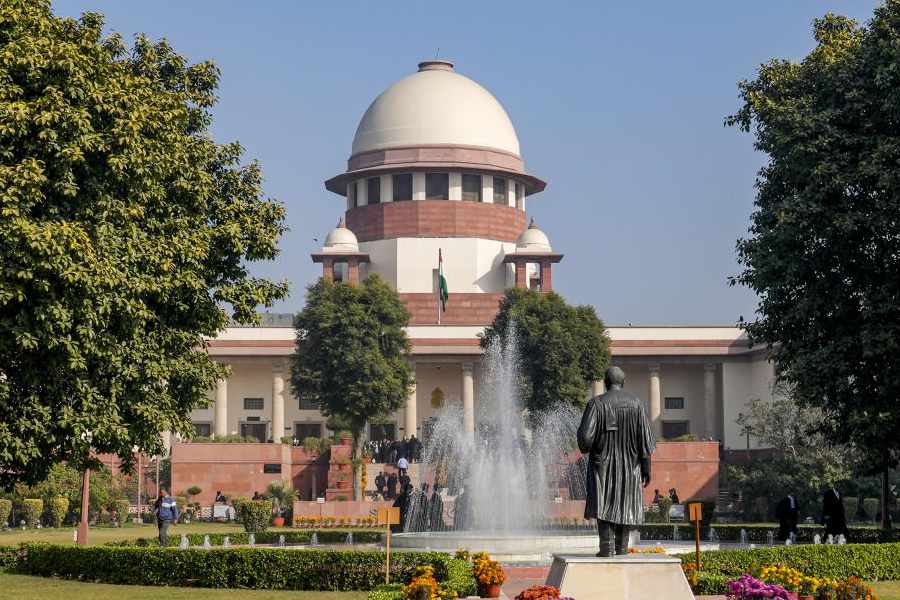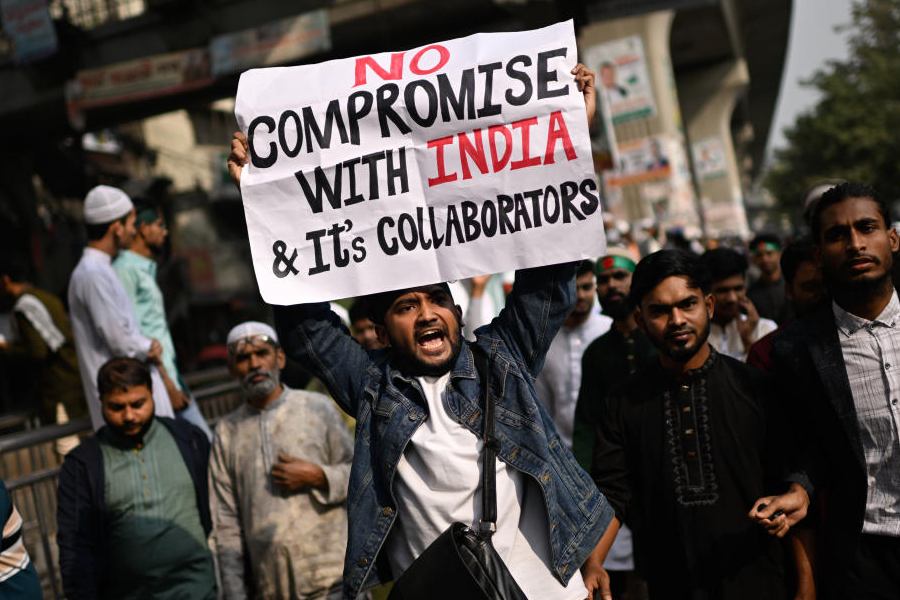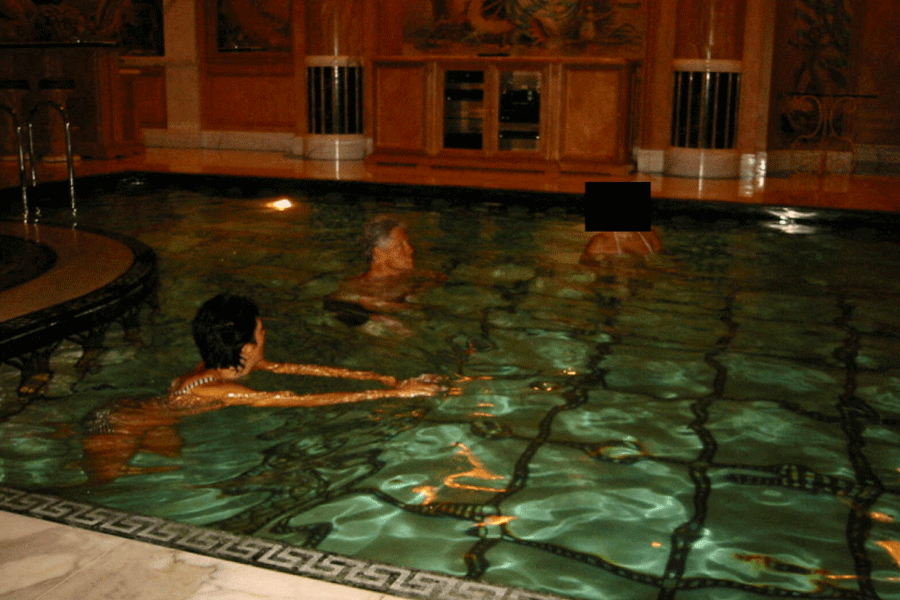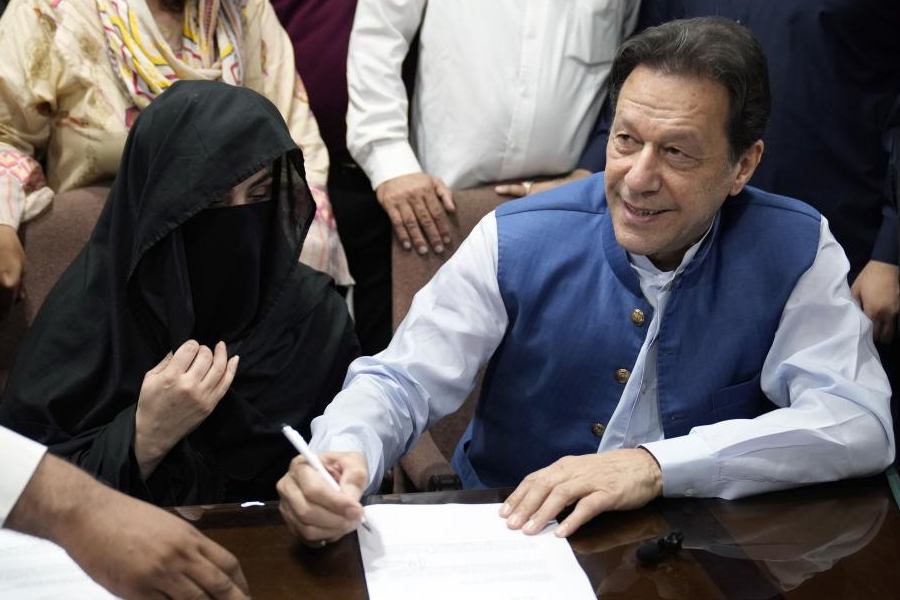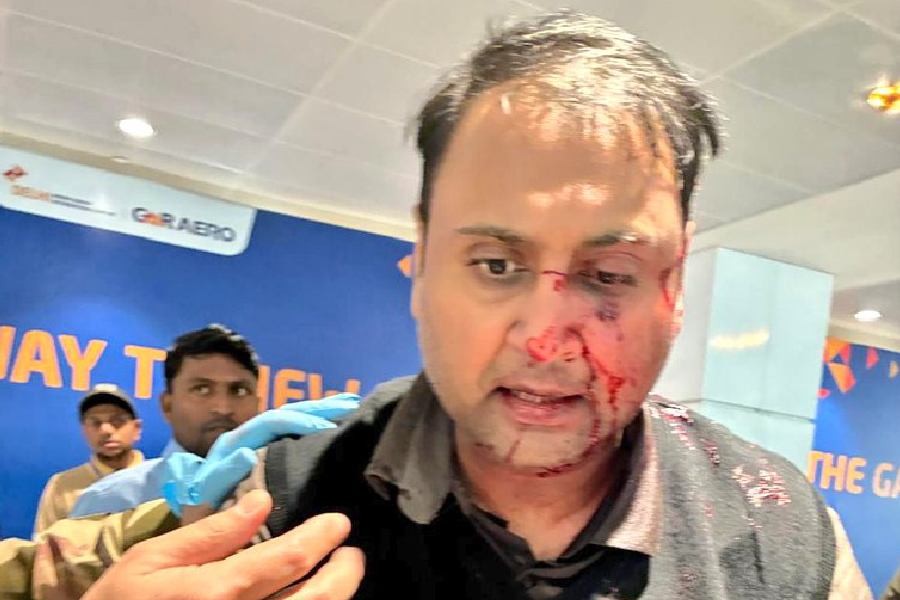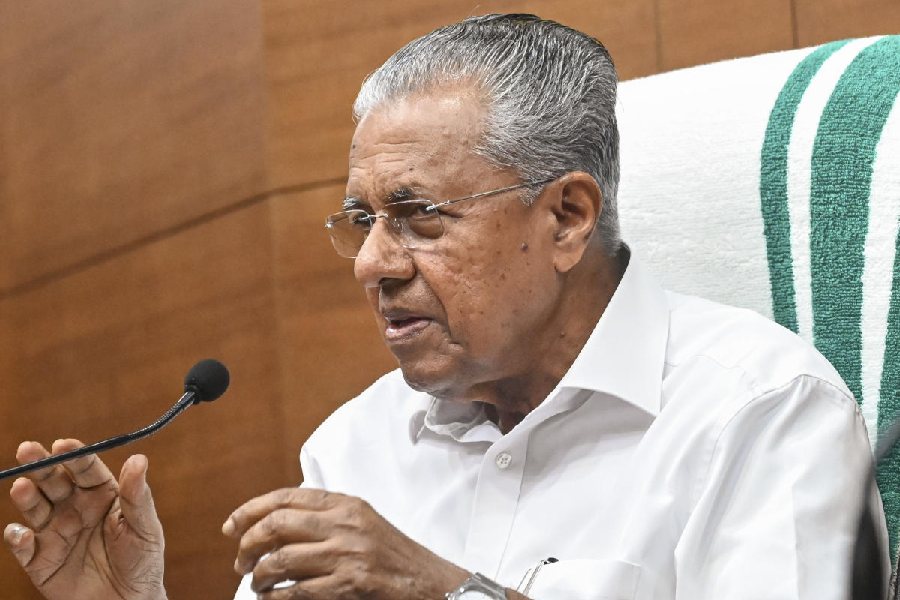 |
Tucked neatly between an international news item and another describing a police attack on slum dwellers in Faridabad is one about a bearded Jharkhand MLA, cloaked in a green shawl and a lot of mystery. The popular Hindi news channel airs the “news” item ad nauseum on prime time, garnering new eyeballs every time. The story is about the MLA having death-defying seizures in order to exorcise ghosts — and, as the rising popularity of the channel demonstrates, people just can’t have enough of it.
Pratibha Patil has company. Ghosts and miracle men rule — and politicians, film stars, celebrities and television channels are doing all that they can to get to their respective epiphanies. Last week, the presidential candidate of the ruling United Progressive Alliance government let out a secret: she declared that the spirit of Dada Lekhraj, the founder of the Mount Abu-based Brahma Kumari sect, had told her, through the body of its present head, that more responsibility awaited her. It was a “pleasant experience”, Patil later told a television channel while talking about her encounter with Dada Lekhraj, who died in 1969.
Seven years into the new millennium the list of superstitions that have wormed their way into public consciousness has been growing longer and longer. Stars are getting married to trees, politicians are communicating with babas who don’t speak, characters on television soaps tremble when priests talk of unfriendly planets and death is sure to occur when a flame on a diya suddenly dies in a TV series. People speak about feng shui or vaastu the way they once discussed the price of onions. And even buying a car is not what it used to be — a priest has to break a coconut — but thankfully not on the bonnet of the car — and smear some holy vermilion on its body before the machine can roll on.
“Superstition has always been a part of Indian society and superstitious beliefs vary from group to group and individual to individual,” says Prashanta Ray, former professor of sociology at Presidency College in Calcutta. “A substantial portion of the population does believe in paranormal events and television programmes just go on to reinforce such beliefs,” adds D. Raghunathan of the Delhi Science Forum, a group that seeks to popularises science.
Television news channels, a veritable weathercock of social trends, have caught on to what they believe is a TRP-raising trend. Not surprisingly, Sanal Edamaruku, president of the Indian Rationalist Association, is in great demand these days. Three days ago, he gave nine television interviews. “You can now judge just how many of such programmes get aired,” says Edamaruku. “But these messages are extremely irresponsible, especially when aired in areas where medical literacy or even access is severely limited,” he says.
Television teems with programmes on superstition — showcasing a baba who treats ailments with water and leaves, houses that are haunted and a vegetarian housewife who wanted to drink blood ever since she had a vision of the Goddess Kali. And the formula works, for channels are known to have shot up their TRP ratings solely on the basis of pandering to a viewer’s occult side.
“It is a competitive business and news networks are driven by advertising revenue and market share,” says the top-most executive of a news network and a former channel head, speaking on condition of anonymity. The executive believes that it all started with a serial called Kaal, Kapaal, Mahakaal on a news network. “No civil society should have allowed such a shameless and hideous focus on baseless claims and the paranormal,” he says.
The other channels followed suit. Today, almost every Hindi news channel has a programme on the supernatural. Programmes such as Shani ki Kripa, which has a saffron-clad, long-haired baba with kohl-lined eyes advising viewers on how to smooth over tiffs with Shani Devta, and Mano ya na mano are no longer a rarity.
Channel heads, however, are not unduly worried. “It is a mistake to read too much in the interest that some audiences may have shown in such stories. The novelty wears off in a very short time,” says Rajat Sharma, chairman and editor-in-chief, India TV — a channel that has often been accused of pandering to the viewer’s fondness for the bizarre. “Channels which are focusing on such stories are not just hurting the interests of society, they run the serious risk of violating the content code,” he says.
Sociologists believe that people tend to turn to miracles and mysticism when society is in a state of flux, as it is now with an upswing in the economy. “Every time conditions are unsettled in a society, whether for the better or the worse, people tend to depend on magic, occult practices and so on,” says Delhi-based sociologist Patricia Uberoi. “Whether there is increased economic prosperity or a plague, anthropological studies have found that during such phases, religious practices become more fervent,” she says.
Adds sociologist Ray: “Perceived helplessness leads to superstitions and they may become permissible due to celebrity involvement.”
And, clearly, the supernatural is being freely endorsed by celebrities and politicians. Just a fortnight ago, an unwitting serpent caused a huge hiss in Bangalore’s political circles. The six-foot-long rat snake entered the residence of Janata Dal(S) supremo and former Prime Minister H.D. Deve Gowda in Bangalore’s Padmanabhanagar, and stayed hidden in his bedroom for two days. The incident sent Karnataka’s politicians into a tizzy. For one, it happened on the eve of amavasya — a new moon day — prompting Deve Gowda to express the fear that it could be a bad omen. And other politicians speculated if the spotting of the snake implied that Deve Gowda’s party would pull out of the ruling coalition. Nobody pointed out that the former PM’s house was situated on a hillock which was earlier infested with snakes.
These are times, rationalists would say, that do not encourage questions. Raghunathan cites his experience with numerous TV channels, where he has been invited as the voice from the rational side, to stress the point. “I notice that on debates of such kind, I would just be given a minute to talk, while the astrologer would hog the whole show. When Mumbai’s sea water was found to be sweet, I was interviewed by a channel and I gave a scientific explanation, which was never aired,” he complains.
The Deve Gowda episode demonstrates, as the president of the Federation of Indian Rationalists Association, Narendra Nayak, points out, that Pratibha Patil is not an exception when she talks about spirits and premonitions. In fact, some rationalists believe that more than television channels, it is the body of Indian politicians that’s been fanning the fires of the supernatural.
President A.P.J. Kalam has visited Puttaparthi several times to seek the blessings of Satya Sai Baba. Manmohan Singh visited Puttaparthi soon after he became Prime Minister. Opposition leaders Atal Bihari Vajpayee and Lal Krishna Advani have visited the hugging saint, Mata Amritanandamayi. And Sonia Gandhi has lately been spotted with tens of red, sacred threads wound around her wrist.
Motilal Vora, ex-governor of Uttar Pradesh and a devotee of Satya Sai Baba, believes in miracles. “I met the Baba in 1995, when he gave me a green ring, which changed colours as he willed it. I have immense faith in him and I still wear that ring,” says Vora.
“It isn’t surprising to see high profile people resorting to superstitions. After all, they have more to lose. But when the public watches them do all this, it just validates the process,” holds Raghunathan. “For the general people, a public figure’s visit to a Godman gives a social sanction to superstition,” adds Nayak.
The Federation of Indian Rationalists says it is working overtime to thwart superstitious attitudes. “Even then, we are climbing a very big hill. It will be a long time before superstitious mindsets can change,” says Nayak. But, then, as one rationalist puts it, at the end of the day it is all about faith — whether in your own abilities or in someone else’s.


